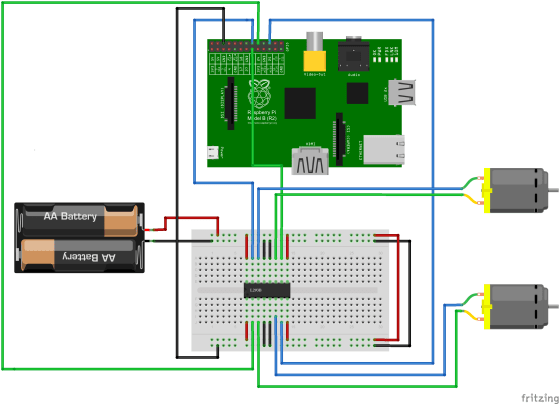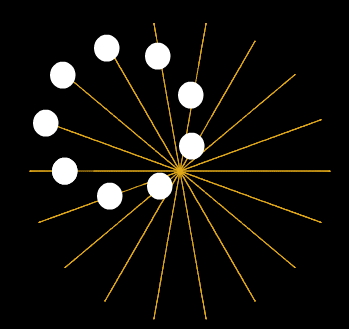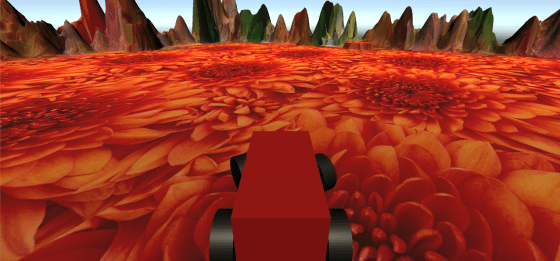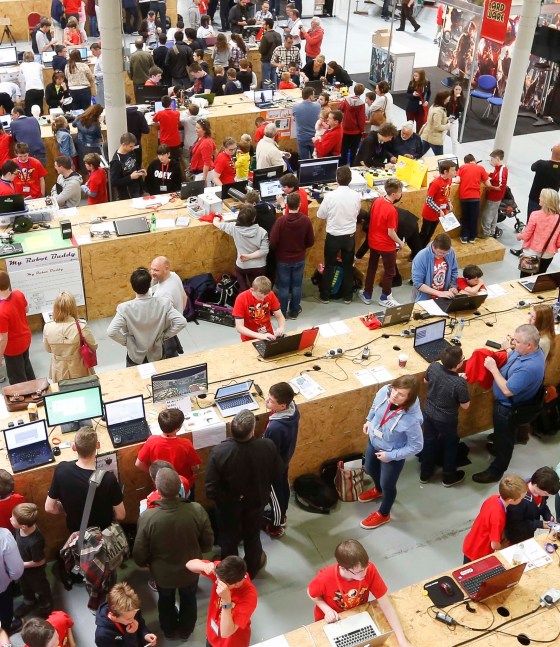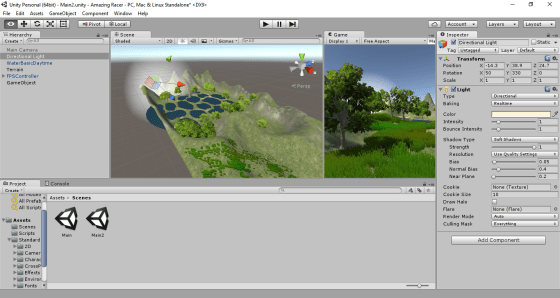
We had an enjoyable session today and we were indebted to Chris for his drone demonstration.
In the Unity group, we looked at how the player could be automatically placed at the spawn point at the start of the game and returned there should they fall into the water at any point. We also saw how a sound effect can be added to help the user understand that they’ve been teleported when this occurs.
The whoosh sound effect that I created can be downloaded from here. For those who weren’t there today: I simply recorded myself making a whooshing noise with my mouth. I then used a freeware, cross-platform, program called Audacity to remove the silence at the start and end of what I’d recorded and to add a few random effects until the sound was less human-sounding and more game appropriate. Audacity can be found here, for anyone who wishes to play around with sound effects.
We added a finish point and surrounded it with a sphere collider; this is to detect when the user reaches the finish point beyond all the small lakes.
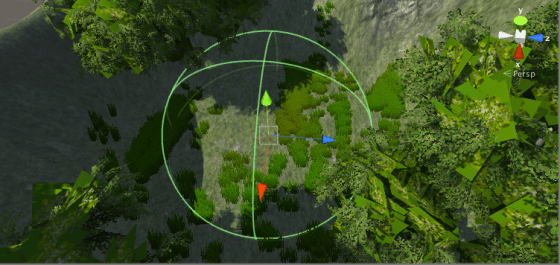
We also added some fireworks to draw the players eye to the finish zone, so that the user instinctively knows to head in that direction once the game starts.
Finally, we saw how to stop the user moving at the start of the game until a start button is pressed. We will expand on the techniques shown here to show the time taken to cross the map, to allow the user to see their best time and to restart the game. When that’s done, our game will be complete.
The project I uploaded late last week to Dropbox has been updated with all the changes from today. It includes the sound file I described earlier. It also has the latest version of the Standard Assets, which have recently been updated to Version 1.1. You can download the updated project from here. Please remember: install the latest version of Unity before opening this project!
One final note: the fireworks are currently disabled in the project. While they work perfectly, from a player perspective when the game is running, a bug in Unity Version 5.3.1f1 means that they generate a huge number of console errors. It’s fine to enable them when you want to run and hopefully we will be able to switch them on again permanently after the next program update without any console errors.
See you all next week!


